
Question? I don’t want to use cry it out methods. Can I avoid it and still have a baby that sleeps?
“ Look at my beautiful beyond words baby, I just can’t wait 'til I get to sleep train her,” ... said no parent, EVER. The idea that we will someday cause this little wonder to cry, on purpose, is usually pretty far fetched in those first blissful few weeks with your new snuggly baby in your arms. I remember being super secretly judgy towards my friend who was in the throes of using the Ferber Method with her 6 month old, and thinking, “ oh, I will SO be choosing a different path. That one is not for us, we are practicing Attachment Parenting, so clearly my child will sleep like a champ….you know…because of the baby wearing.” Cut to 4 months later, and my fierce, independent soul of a child was waking up every 90 minutes …All. Night. Long.
I was a basket case, and frankly, so was he. It was through my sleep learning journey with my little nugget that I realized what conflicting information we are given in those first few months postpartum around sleep and our babies. On the one hand, we are told “ there are no bad habits in the first few months of life," or “You cannot spoil a child by holding them too much,” which by the way, I absolutely agree with. On the other hand, we are also given the message that there is some type of badge of honor for moms whose babies are able to consolidate their night sleep. We are also told that “Babies need to self soothe, sleep independently and put themselves to sleep.” Ummm…..Is there a way to have both?
Are there steps I can take in the early months that will encourage my baby to learn how to sleep well while also being an attuned, attached and responsive mama? YES!! Here’s how:
As my little guy learned how to access his own innate ability to learn how to sleep, I remember having this A-Ha moment of
“ oh, I just needed to get out of his way a little bit.”
I have had this sense many times since, as my kiddos are my greatest teachers as well as reflections on things I need to work on, like letting go. As a parent, we are tasked with the enormity of letting go literally from birth, and continuously as we guide our children towards independence. The secret sauce is knowing when to step back and let our kiddos take the reins, allowing them to shine on their own. As a parent, I am always asking myself “How can I raise the bar by doing less?” Let’s apply this to early sleep!
Here is the key to working on this early: your mindset. Rather than thinking about working towards this lofty goal of “sleeping through the night,” consider sleep habits one of the many abilities you will be working on with your child to master. We are paving the way for this baby to lay the foundation for healthy sleep habits, which will lead to skill around going to and staying asleep. If you think about this like any other developmental task, such as walking , or doing puzzles, we would not expect immediate mastery, but rather we would slowly see the building blocks of this skill being laid down at each child’s individual developmental pace. Guess what? sleep learning is unique, just like your tiny human.
So, what can we do? I am a firm believer that in the first few months of life, our job is to continuously nurture our attachment and attunement to this little person. This means, as we teach the baby that we are attuned to their needs, that we will hold them when they cry, feed them when they are hungry, they will in turn, learn to feel secure and confident in that attachment, enabling independent exploration to follow. But, part of being attuned, is assessing “ Is today the day for something new?” For those seasoned parents out there, you know, things are always changing, and the trick is to keep up with the change.
Approach sleep with an attitude of curiosity from the start. Your baby will fall asleep in your arms, which is delicious, but don’t be afraid to at other times experiment with putting her down awake. Meaning, those times that you notice are sleep times, but don’t quite match up with feeding times, try something new. Swaddle your baby up, sing, sway, put her in the mood… and then, put her in the bassinet, drowsy but awake. See what happens! Is today the day? She cried? Oh, today’s not the day! Pick her back up and do what works. You already have that solution in your bag of tricks. Then, and here is the important part, try again tomorrow, and maybe the next day, and maybe the next day after that. This is not a failure, this is just something you are working on, like tummy time or grasping toys, and eventually she will get it. I tried this approach with my second guy for 17 days in a row before finally he went to sleep like a champ. Did he do it again the next day? NO! But, we kept practicing, and he got really good at adding this skill of putting himself to sleep to his own sleep repertoire.
I have found that babies that have multiple ways to access sleep in their bags of tricks, like being rocked, nursed to sleep, in the stroller, but also sometimes on their own, tend to be able to begin consolidating their nighttime and daytime sleep all on their own. Some babies are naturally good sleepers ( like adults!), and for some HOW the go to sleep becomes increasingly important as it relates to their ability to stay asleep. As parents, it’s easy to stall out because something is kind of working and we don’t want to rock the boat, but guess what? As your little one grows, they CHANGE and become capable of SO much more. Sometimes we just need to step out of their way. Raising the bar by doing a little less.
Giving your baby the space to appreciate and come to love their alone time is such a gift. Allowing our kids to feel confident in their abilities, tackle frustrations and work through problems, enables them to build resiliency and build independence. As with any parenting task, think about your end goal and then think about the steps you could take to support your child to get there. Even for families who utilize the Family Bed, fostering some independence around sleep will create lifelong healthy sleep habits that are sustainable for the whole family. As with all things parenting, it’s so easy to fall into the deep dark hole of comparison. My advice? Find a path that feels like a good fit for you, your baby and your family.
Please remember, sleep is only a problem if it’s a problem for YOU, no one else. Remember that mindset of curiosity, and that we are all a work in progress. Lastly, please know, YOU are the perfect parent for YOUR uniquely amazing child.


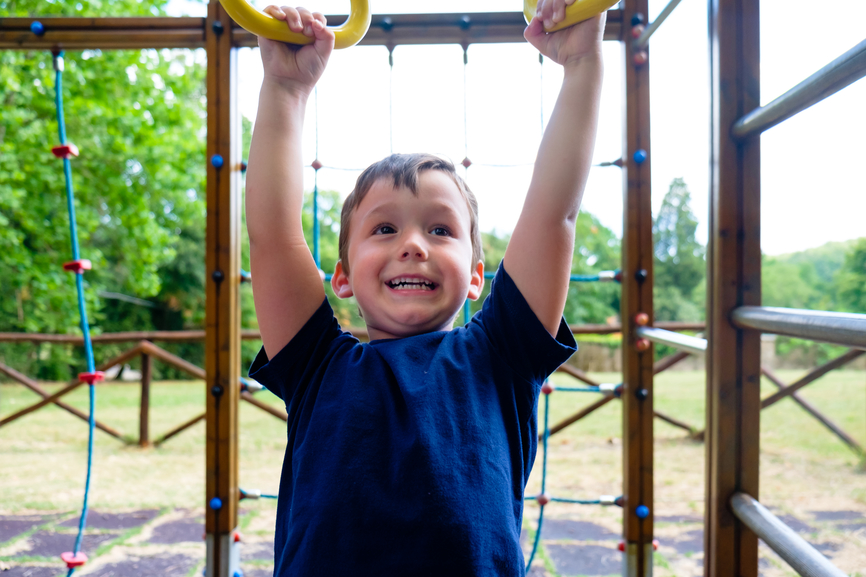
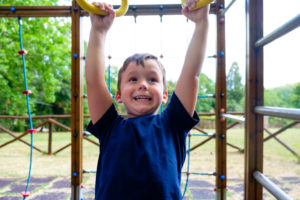
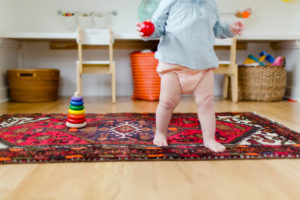
 For me, the experience of being a mother is a constant process of letting go. In fostering self esteem and resiliency in my children, some letting go definitely needs to happen, and it’s so hard! How can I raise the bar by doing less? By taking our praise to a higher level, our babies can learn to do things, not to please us as parents, but instead will learn about their own passions and develop an internal locus of control….which, trust me, we will want them to have that as teenagers! Being the witness as opposed to the judge, determining if this action is good vs. bad, can have lasting effects on how are littles think about and view themselves in this world. With babies, adopting a Wait, Watch and Wonder approach allows you to connect in a deeper and more meaningful way to them as you share in ALL of their moments, easy and challenging, successes and total wipeouts.
For me, the experience of being a mother is a constant process of letting go. In fostering self esteem and resiliency in my children, some letting go definitely needs to happen, and it’s so hard! How can I raise the bar by doing less? By taking our praise to a higher level, our babies can learn to do things, not to please us as parents, but instead will learn about their own passions and develop an internal locus of control….which, trust me, we will want them to have that as teenagers! Being the witness as opposed to the judge, determining if this action is good vs. bad, can have lasting effects on how are littles think about and view themselves in this world. With babies, adopting a Wait, Watch and Wonder approach allows you to connect in a deeper and more meaningful way to them as you share in ALL of their moments, easy and challenging, successes and total wipeouts.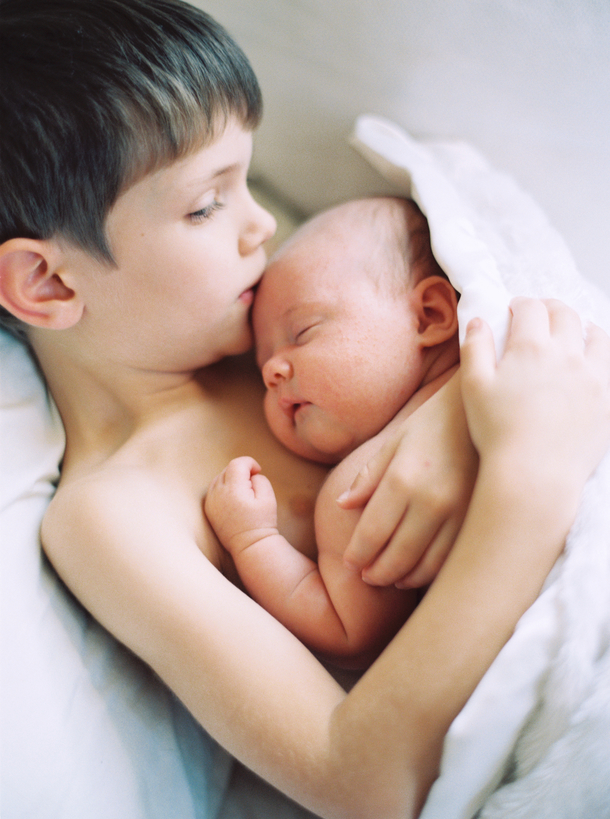
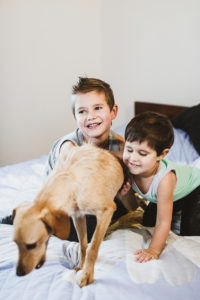




 As a psychotherapist specializing in postpartum depression and anxiety, what I often see on the postpartum end of things is moms having experienced trauma from their births, shame at how things went down and an overwhelming feeling of having let their babies and themselves down.
As a psychotherapist specializing in postpartum depression and anxiety, what I often see on the postpartum end of things is moms having experienced trauma from their births, shame at how things went down and an overwhelming feeling of having let their babies and themselves down. 
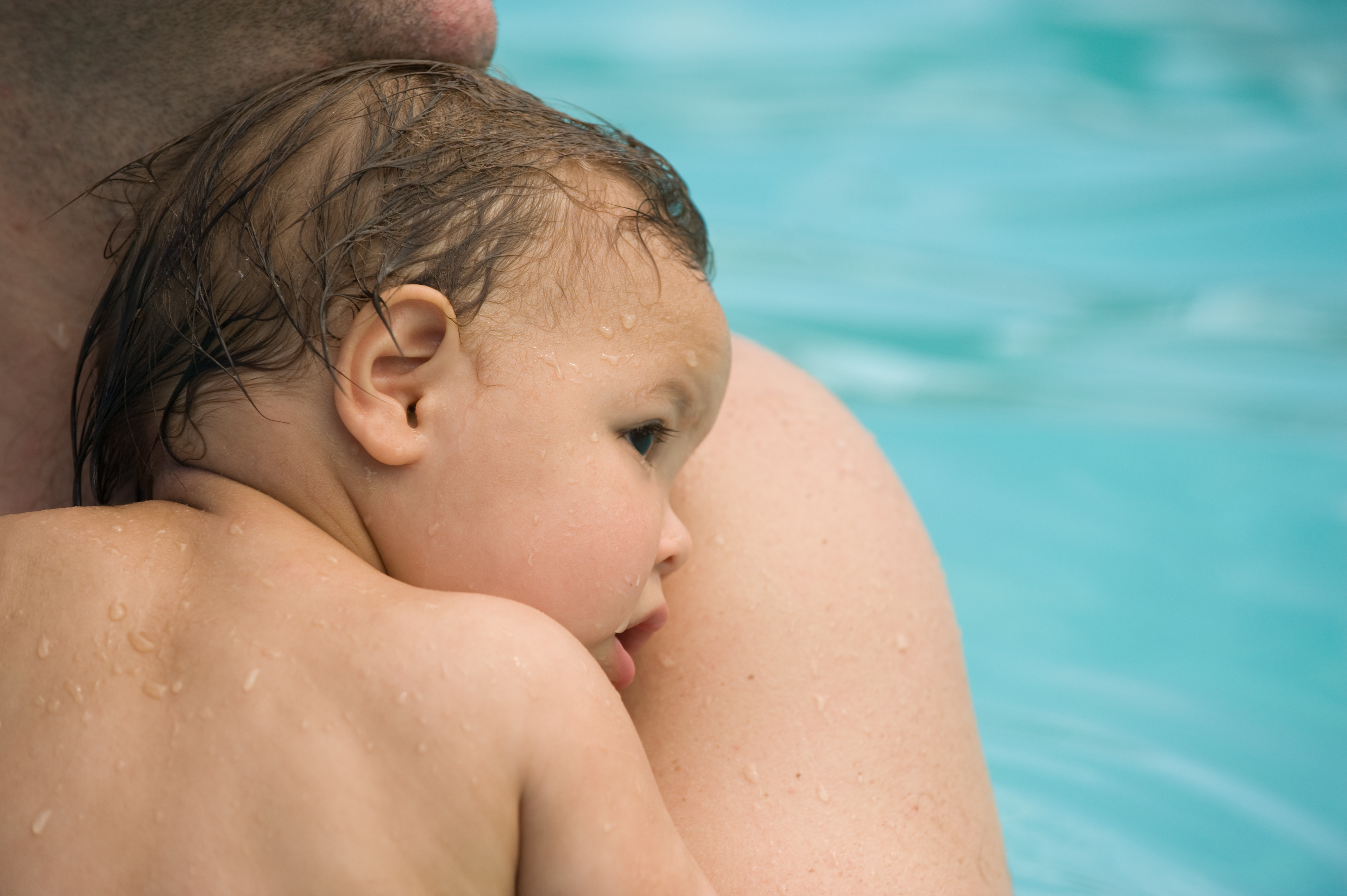



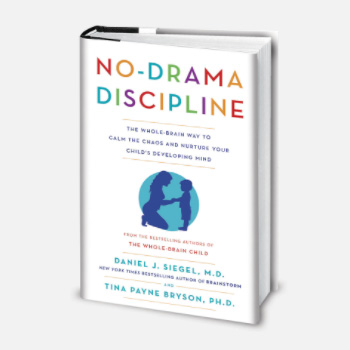

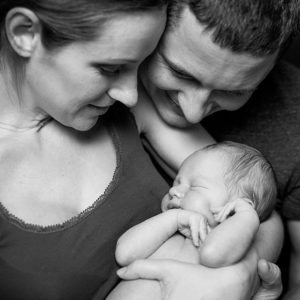 By all accounts, I should have had Postpartum Depression. All the risks were there. Family History of depression? Check. Pain during pregnancy? Check. Traumatic pregnancy/birth? Check. Breastfeeding issues? Check. Baby who wouldn’t sleep? Check. If I had all of the risks associated with PPD, why was I able to escape the Fourth Trimester somewhat unscathed, while so many other moms suffer in silence from PPD/Anxiety.? After hearing some new research presented by Dr. Kathleen Kendall Tackett , Ph.D., IBCLC FAPA, I have a possible contender for my answer: breastfeeding. . All this time I thought that I was breastfeeding my babies as a gift for their future wellness, a completely selfless act of love between me and my tiny human and bonding us in a way that is unexplainable. All of that is still true, but who knew throughout my babies’ first year I was also shielding myself from developing Postpartum Depression/Anxiety?
By all accounts, I should have had Postpartum Depression. All the risks were there. Family History of depression? Check. Pain during pregnancy? Check. Traumatic pregnancy/birth? Check. Breastfeeding issues? Check. Baby who wouldn’t sleep? Check. If I had all of the risks associated with PPD, why was I able to escape the Fourth Trimester somewhat unscathed, while so many other moms suffer in silence from PPD/Anxiety.? After hearing some new research presented by Dr. Kathleen Kendall Tackett , Ph.D., IBCLC FAPA, I have a possible contender for my answer: breastfeeding. . All this time I thought that I was breastfeeding my babies as a gift for their future wellness, a completely selfless act of love between me and my tiny human and bonding us in a way that is unexplainable. All of that is still true, but who knew throughout my babies’ first year I was also shielding myself from developing Postpartum Depression/Anxiety?
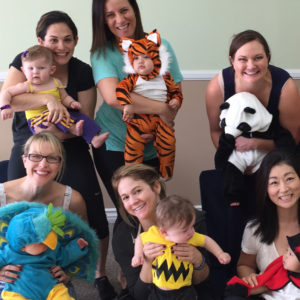 I recently heard this story about a Gorilla who was raised in captivity. I am probably about to leave out approximately one million tiny details in this story, but It goes like this: once upon a time, there was a female gorilla named “Maggie.” Maggie was born and raised in a zoo, where for unknown reasons, she was the only female. At a certain point, it was decided that the time had come for Maggie to have a gorilla baby. The powers that be brought in a male gorilla, they did their gorilla business, and lo an behold, Maggie gave birth to a beautiful baby gorilla. Now, remember, Maggie, being raised in captivity, had never seen a mother and baby. When Maggie gave birth, she stared at her baby, and the zookeepers were shocked to observe that she looked almost confused, walked away without picking up, or feeding the baby gorilla. In the weeks to follow, no one was successful in getting Maggie to attach to her baby, let alone feed the baby. Sadly, the baby passed away shortly thereafter. Thinking this had to be an anomaly, the zoo keepers decided to give it another go, and Maggie became pregnant again.
I recently heard this story about a Gorilla who was raised in captivity. I am probably about to leave out approximately one million tiny details in this story, but It goes like this: once upon a time, there was a female gorilla named “Maggie.” Maggie was born and raised in a zoo, where for unknown reasons, she was the only female. At a certain point, it was decided that the time had come for Maggie to have a gorilla baby. The powers that be brought in a male gorilla, they did their gorilla business, and lo an behold, Maggie gave birth to a beautiful baby gorilla. Now, remember, Maggie, being raised in captivity, had never seen a mother and baby. When Maggie gave birth, she stared at her baby, and the zookeepers were shocked to observe that she looked almost confused, walked away without picking up, or feeding the baby gorilla. In the weeks to follow, no one was successful in getting Maggie to attach to her baby, let alone feed the baby. Sadly, the baby passed away shortly thereafter. Thinking this had to be an anomaly, the zoo keepers decided to give it another go, and Maggie became pregnant again.